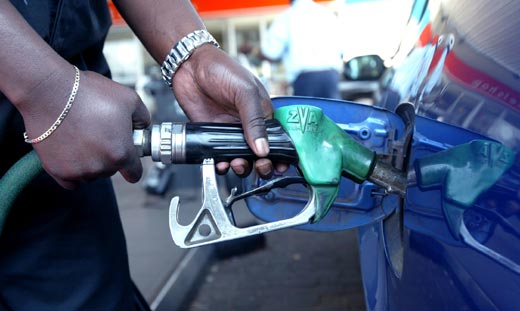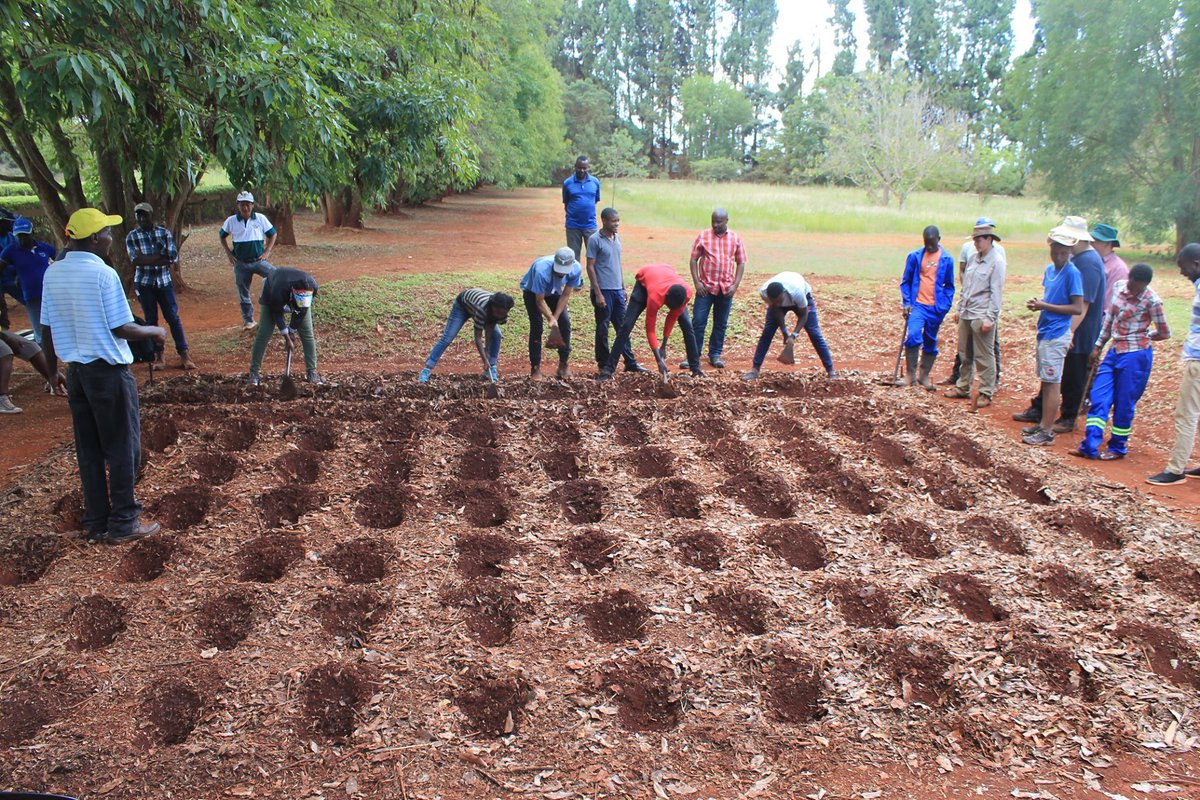Time tertiary institutions act to mechanise ‘Pfumvudza’ programme
THE overwhelming response the Pfumvudza programme has generated in farmers speaks volumes of the value farmers are seeing in adopting the concept in the face of perennial droughts caused by climate change.
Although the concept is not wholesomely new, after being introduced years back under “conservation agriculture” programmes that were meant to cushion farmers from droughts, as well as rising input costs, most farmers had embraced it briefly and left it citing its labour intensive nature.
Then, the farmers even tried doing it on vast tracts of land, which made it difficult for those with small families to meet the labour requirements.
Development partners and non-governmental organisations working with Government introduced the programme, though over centuries it had been used by households that did not have draft power or could not hire the services of those who had, yet they still wanted to produce crops for household food security.
Then it was aptly referred to as “kurima nechibhakera” in Shona and not many even stopped to examine it to see how effective it could be, especially during difficult seasons.
For the current Pfumvudza programme to be effective, emphasis is on high production per unit area, yet the size of the land being used is very small, and, if farmers follow instructions from their extension officers to the last letter there are huge chances of them scoring big from those small pieces of land.
They will produce enough to meet their domestic requirements.
The Government is targeting 1,8 million households under the programme, but there are some that have adopted it outside the Government initiative and chances are high that many more will do so in their thousands or millions in the near future.
From a progressive point of view, it will make sense if the programme is mechanised just like what is happening with most of the large-scale category farmers that are getting tractors for land preparations and other activities.
Farmers will obviously need tools designed to use for the programme that may either be operated manually or automatically and being towed by draught animals or mounted on tractors.
Tractor-mounted equipment will include zero-tillage planters of various capacities.
The hand-operated tools will be jab planters (able to plant and apply fertiliser in one pass) and hand-pulled sprayers that are mounted on wheels.
The ox-drawn implements will predominantly be zero-tillage planters and fertiliser applicators, but will also include boom-sprayers, lime spreaders and knife rollers.
There can also be rippers and sub-soilers, both powered by animals or tractors.
Zambia has since been using the implements that have reportedly been well received by farmers.
Farmers will just need to be trained on the effective use of the equipment, with extension workers giving the front-line support needed.
The technical training will focus on seed selection, grading and calibration of planters and sprayers.
Such an initiative will make it crucial for higher education institutions such as universities and polytechnics to take advantage of the steep demand for the mechanised implements that is likely to be created in the eventuality of the programme turning commercial and requiring farmers to mechanise their operations, as they expand hectarages.
It is obvious farmers will need the mechanised implements to make their job easier.
If tertiary institutions can tap into the dictates of the 5.0 educational system they have adopted to go industrial, that may address some of the problems the economy is facing in the face of the challenges brought by decades of illegal economic sanctions that have crippled the performance of industry, especially the manufacturing sector.
Besides the hand-operated tools like jab planters, sprayers mounted on wheels, zero-tillage planters, fertiliser applicators, boom-sprayers, lime spreaders and knife rollers, tertiary institutions may also need to try something in the mould of augers that are used for digging holes, then mechanise the implements to allow farmers to use them for the digging of holes even when there are few numbers in terms of manpower.
They will need to fix a small trailer with a container at the back and a hopper that will be manually opened and closed from one hole to the next.
The idea to mechanise operations will require farmers to expand their land sizes as the current ones are too small for the successful implementation of the idea.
Adopting mechanised implements on the current small pieces of land will obviously make the exercise very expensive and therefore not very friendly to production.
It is exciting to note that some small-scale commercial farmers have since started using small horsepower tractors whose prices they can afford, which has made it easy for them to do their land preparations.
The good thing about the small tractors is that they are locally available and farmers can easily discuss terms with the suppliers and propose payment terms they are comfortable with while production will not be suffering, but expanding.
It is obvious that smallholder farmers currently producing under the climate-proofed programme of Pfumvudza will cite the unavailability of funding to buy mechanised implements, but this has simply become a tired excuse, as they can always form groups and pool resources for the purchase of something they will use and maintain communally.
It may be difficult for individual farmers to each buy mechanised implements, but the reality on the ground is that they can do it as a group once they are organised.
Working in groups will in some way revive the cooperatives Government introduced in the eighties when people would work in groups, not just in agriculture, but in many different things crucial for their survival.
Large-scale farmers are doing that in many disciplines and the results on the ground are always impressive as they also use the platform for sharing of ideas.
Their cooperation has extended from just sharing of implements to animal husbandry matters in which they are even exchange pedigreed animals for breeding purposes.-heral.cl.zw










